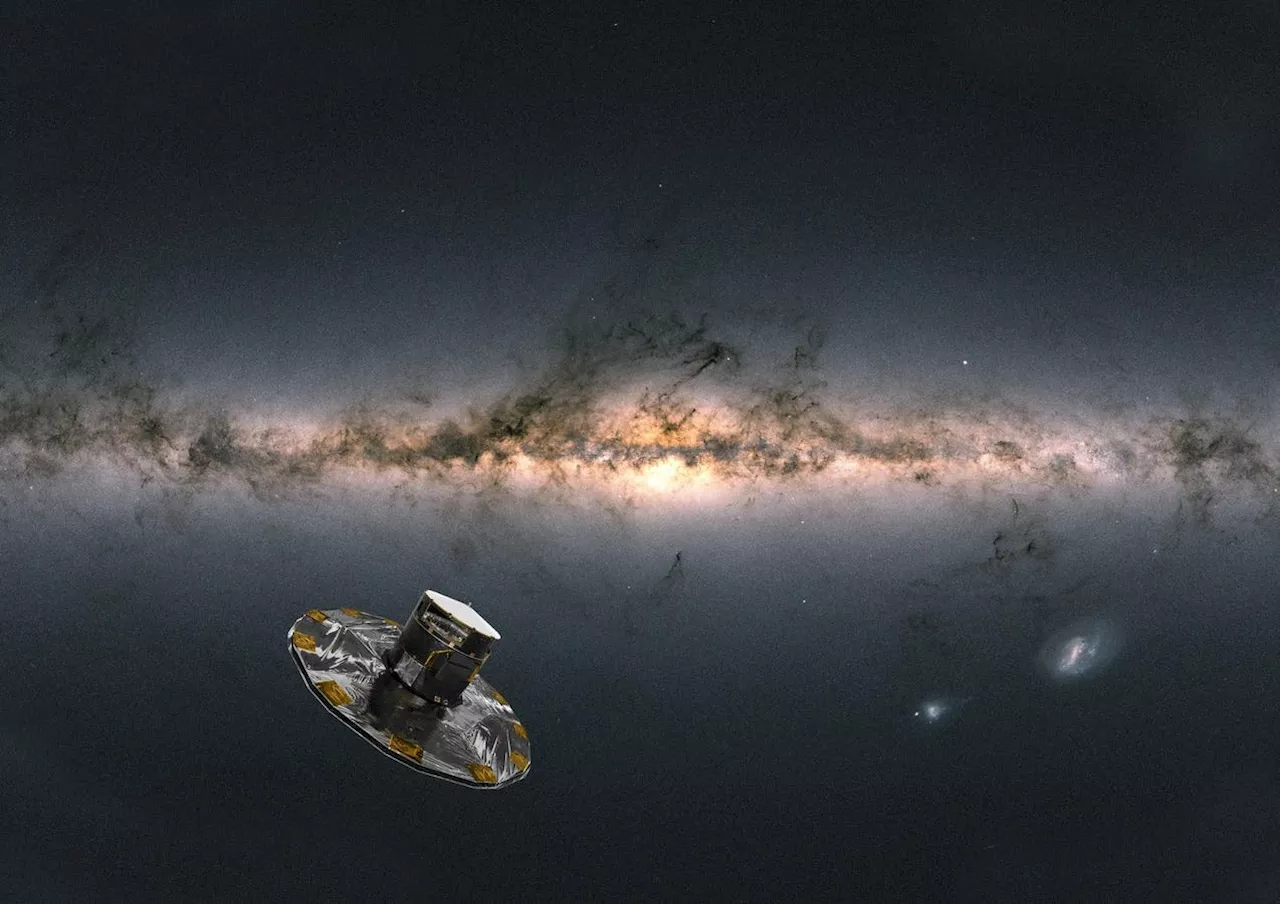ESA’s decade-long Milky Way Gaia mapping mission still has tons of data to release over the next few years. Expect surprises.
Meet The 4 Longest Venomous Snakes. Hint: Mamba And Bushmaster No Longer In Top 3 Due To These ‘New’ GiantsAfter 11 years in solar orbit, the European Space Agency’s Gaia spacecraft has completed its mapping of our Milky Way Galaxy to a precision never before achieved. Surviving solar radiation and even damage caused by micrometeorite bombardments, ESA’s Gaia has truly revolutionized our understanding of the Milky Way’s spiral structure.
But over the course of 10.5 years of science operations, Gaia has made some three trillion observations of about two billion stars and other objects, said ESA. In the process, it’s plotted the positions, distances, movements, brightness changes, composition and numerous other characteristics of stars by monitoring them with its three instruments, ESA noted.
Gaia has also strengthened the hypothesis that our own yellow dwarf star formed much further in towards the center of our galaxy. Over the course of our sun’s 4.6-billion-year history, it’s thought that the sun migrated outward to its current position sandwiched between the galaxy’s Perseus and Sagittarius arms.Another Ukrainian Brigade Is Disintegrating As It Deploys To Pokrovsk
Reconstructing the sun's orbit and possible changes in orbital radius is very difficult if not impossible, Anthony Brown, the Gaia data processing and analysis consortium executive chair and an astrophysicist at Leiden University in The Netherlands, told me via email. So, while there is consensus that stars migrate in the disk over their lifetimes, proving that this is the case for the sun is very hard, he said.
United States Latest News, United States Headlines
Similar News:You can also read news stories similar to this one that we have collected from other news sources.
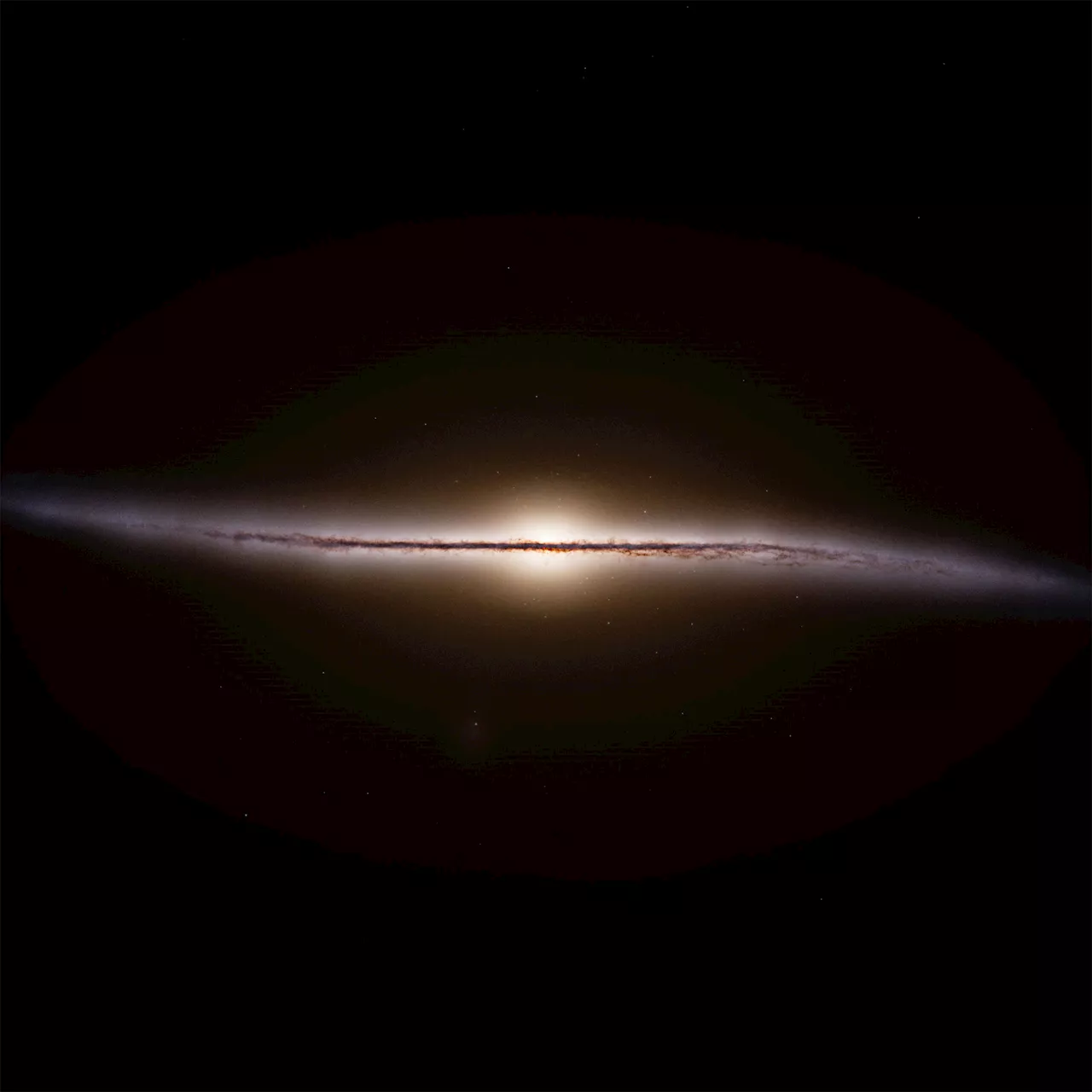 Gaia Reveals the Milky Way's Hidden SecretsThe ESA's Gaia mission has revolutionized our understanding of the Milky Way galaxy, providing unprecedented detail about its structure, history, and evolution.
Gaia Reveals the Milky Way's Hidden SecretsThe ESA's Gaia mission has revolutionized our understanding of the Milky Way galaxy, providing unprecedented detail about its structure, history, and evolution.
Read more »
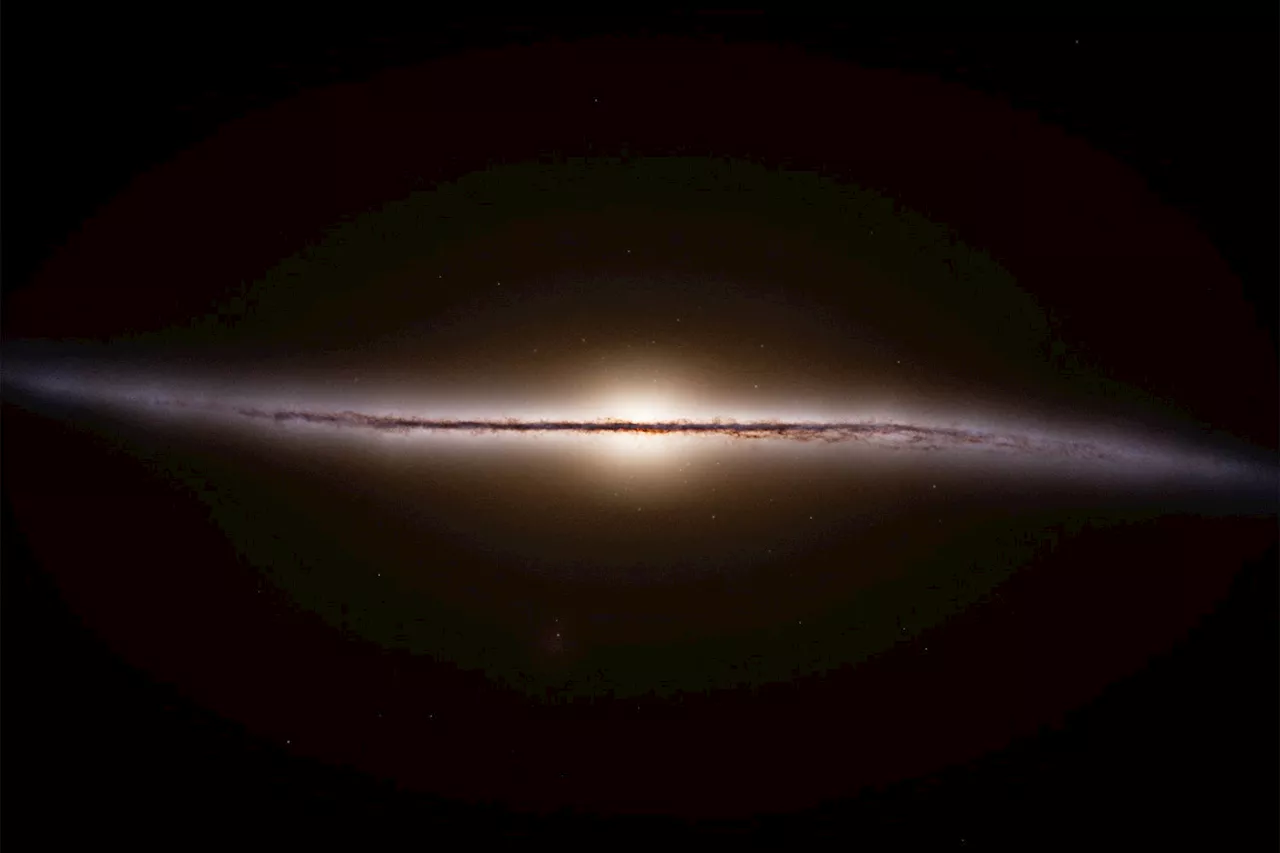 Gaia Mission Completes Milky Way MapThe European Space Agency's Gaia mission has finished creating a detailed map of the Milky Way galaxy, using over three trillion observations of two billion stars and other objects. This massive dataset provides the most precise view of our galaxy to date, revealing unexpected details about its structure and evolution.
Gaia Mission Completes Milky Way MapThe European Space Agency's Gaia mission has finished creating a detailed map of the Milky Way galaxy, using over three trillion observations of two billion stars and other objects. This massive dataset provides the most precise view of our galaxy to date, revealing unexpected details about its structure and evolution.
Read more »
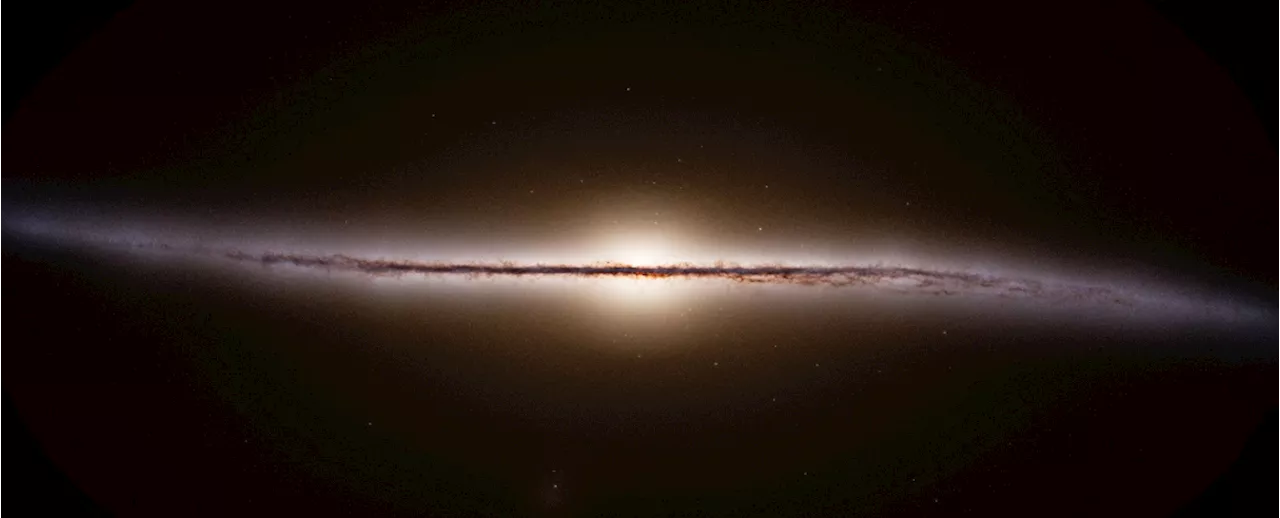 Gaia's Farewell Gift Is The Best Milky Way Map We've Ever SeenThe Best in Science News and Amazing Breakthroughs
Gaia's Farewell Gift Is The Best Milky Way Map We've Ever SeenThe Best in Science News and Amazing Breakthroughs
Read more »
![]() Astronaut Captures Milky Way, Starlink Satellites and False Dawn in One PhotoAstronaut Don Pettit has captured an image so good that it is a contender for the best photo ever taken onboard the ISS.
Astronaut Captures Milky Way, Starlink Satellites and False Dawn in One PhotoAstronaut Don Pettit has captured an image so good that it is a contender for the best photo ever taken onboard the ISS.
Read more »
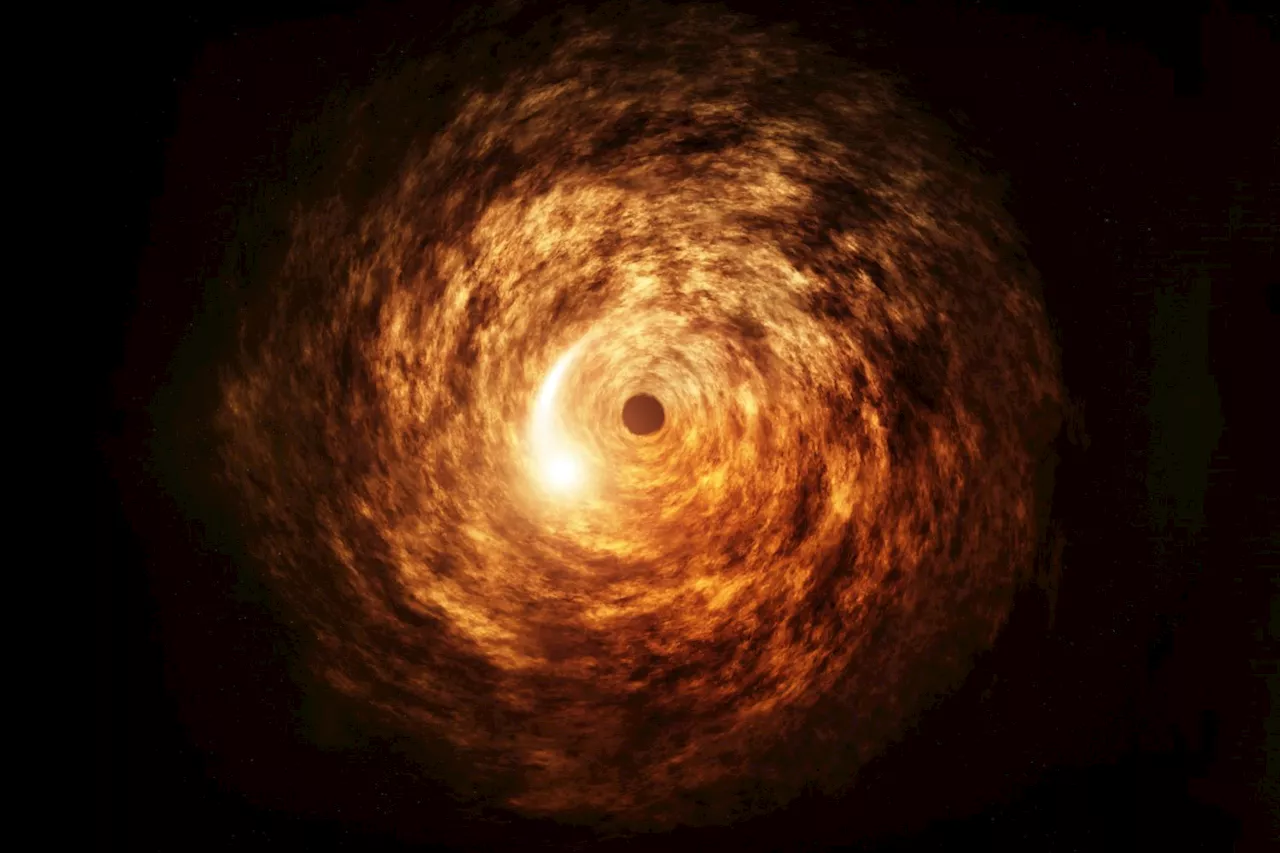 Webb Telescope Reveals New Insights into Milky Way's Black HoleFor the first time, astronomers using the Webb Space Telescope have detected a mid-infrared flare from Sagittarius A*, the supermassive black hole at the heart of the Milky Way. This discovery sheds light on the complex physics driving these energetic outbursts, particularly the role of cooling electrons in the black hole's accretion disk.
Webb Telescope Reveals New Insights into Milky Way's Black HoleFor the first time, astronomers using the Webb Space Telescope have detected a mid-infrared flare from Sagittarius A*, the supermassive black hole at the heart of the Milky Way. This discovery sheds light on the complex physics driving these energetic outbursts, particularly the role of cooling electrons in the black hole's accretion disk.
Read more »
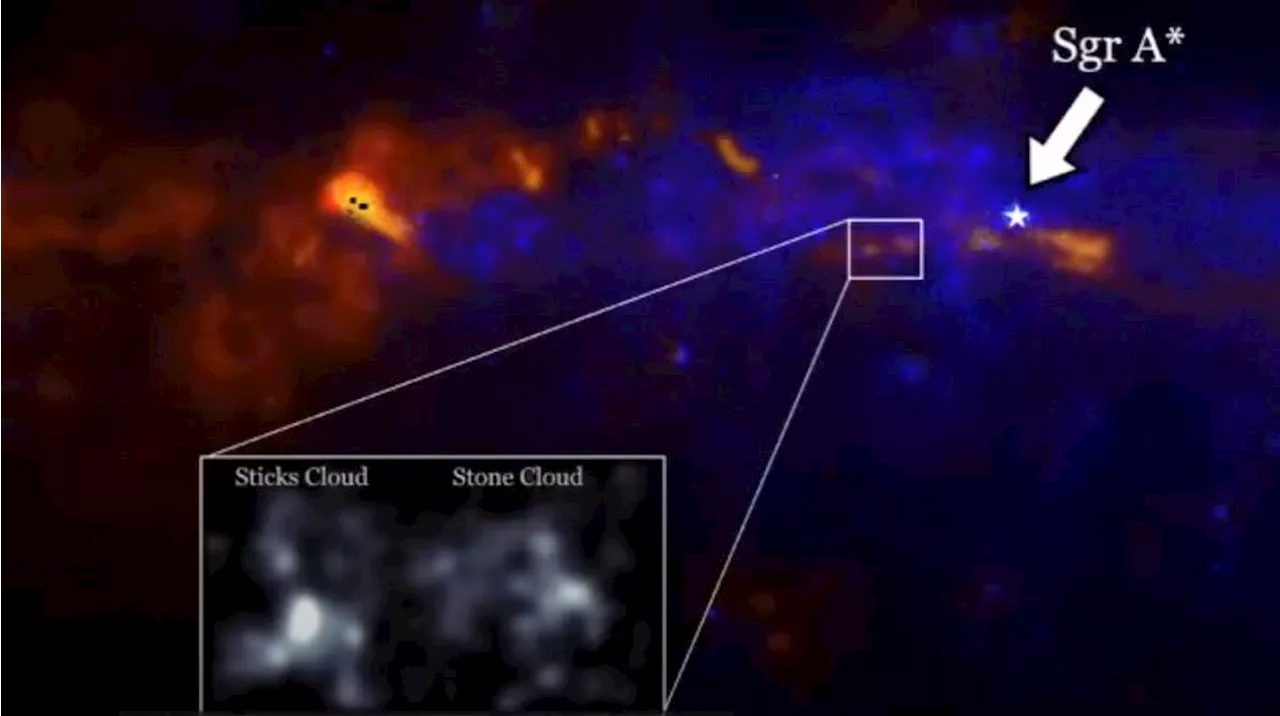 Astronomers Map 3D Structure of Giant Molecular Clouds in Milky Way's CenterUsing decades of X-ray observations, astronomers have created the first 3D maps of two giant molecular clouds, 'Sticks' and 'Stones', located in the Milky Way's Central Molecular Zone (CMZ). This extreme environment, influenced by the supermassive black hole Sgr A*, allows for unique insights into star formation and the interaction of gas clouds with intense X-ray radiation.
Astronomers Map 3D Structure of Giant Molecular Clouds in Milky Way's CenterUsing decades of X-ray observations, astronomers have created the first 3D maps of two giant molecular clouds, 'Sticks' and 'Stones', located in the Milky Way's Central Molecular Zone (CMZ). This extreme environment, influenced by the supermassive black hole Sgr A*, allows for unique insights into star formation and the interaction of gas clouds with intense X-ray radiation.
Read more »
